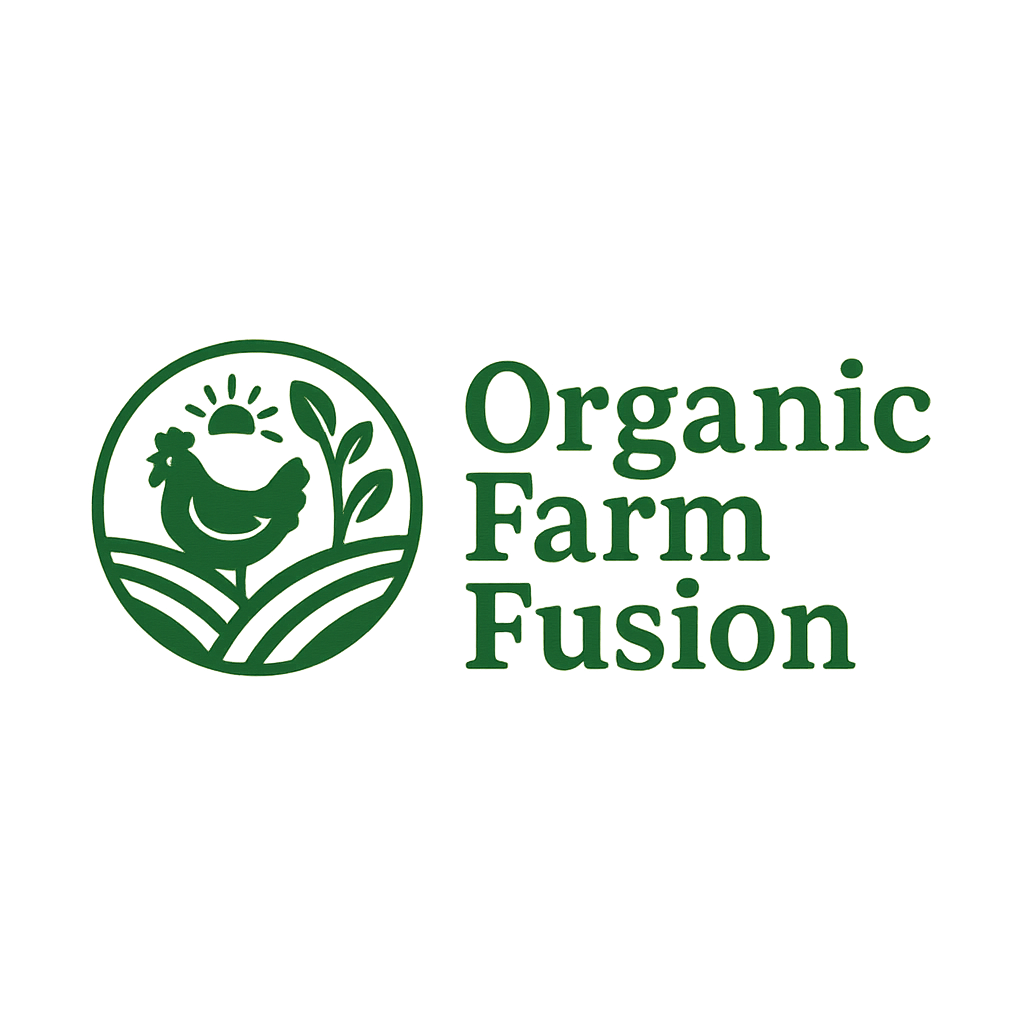The soybean plant has become one of the most valuable crops in the United States, and for good reason. With consistent demand in both domestic and international markets, soybeans are essential to the agriculture economy. If you’re a results-oriented farmer looking to maximize output, streamline operations, and secure profitability, it’s time to take a strategic approach to soybean farming.
Why the Soybean Plant is a Smart Investment
The soybean plant offers high versatility—used for food products, livestock feed, biodiesel, and more. It’s nitrogen-fixing, which improves soil health and supports crop rotation systems. With the right practices, soybean farming delivers dependable returns.
Optimal Growing Conditions
To get the best out of your soybean plant crop, stay disciplined with these key factors:
- Soil: Well-drained loam soil with a pH of 6.0–7.0 is ideal.
- Climate: Soybeans thrive in temperatures between 70°F–95°F.
- Planting Window: Early May to mid-June offers the best yield potential.
Track everything with precision—use soil tests and weather forecasts to plan smart.
Best Practices for High Yields
A high-performing soybean plant operation requires consistency and attention to detail:
- Seed Selection: Choose disease-resistant, high-yielding varieties suitable for your region.
- Row Spacing: 15–30 inches for optimal canopy closure and weed control.
- Weed and Pest Management: Use pre-emergent herbicides and scout weekly. Integrated pest management (IPM) is non-negotiable.
- Irrigation: Ensure consistent moisture during pod fill—your yields depend on it.
- Harvest Timing: Don’t delay—harvest when soybeans reach 13% moisture to reduce losses.
Market Strategy
An ESTJ farmer doesn’t guess—they plan. Secure contracts early or store soybeans if market prices are low. Watch USDA reports, export trends, and commodity prices to make data-driven sales decisions.
Finaly
Farming the soybean plant isn’t just about planting and praying—it’s about executing a proven system. With the right tools, timely actions, and strategic thinking, soybean farming can be one of your most efficient and profitable ventures. Take control. Plan smart. Farm strong.
